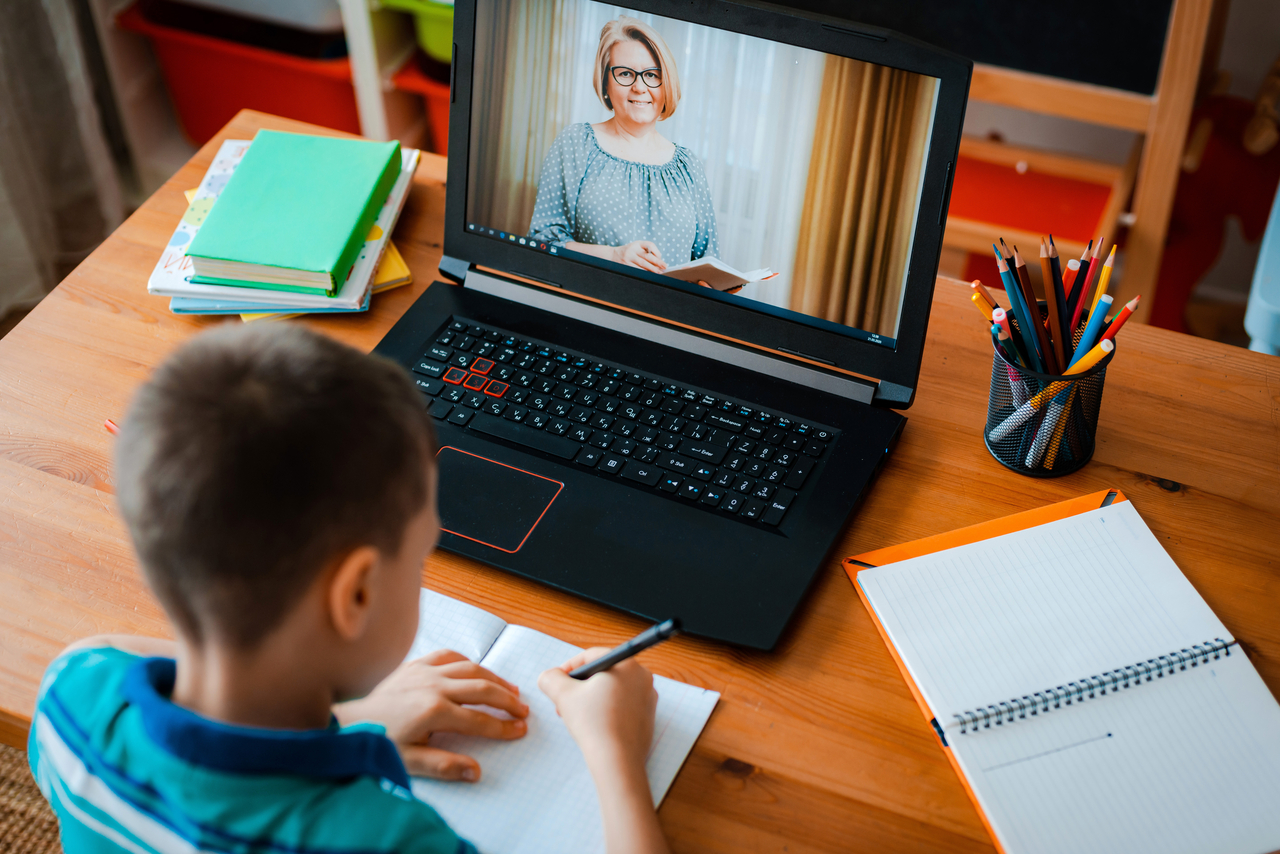Prior to the global pandemic that has been with us for over a year now, parents were concerned about their kids spending too much time in front of a phone, computer, or television screen. Now, our children stare at the computer for several hours in their room—just for a day at school. And they are supposed to do as well as they would in a traditional classroom. Yet, amid global anxieties about the virus and other issues, kids are fatigued, stressed, and burned out.
Can you blame them? Throughout the world, stress levels have increased collectively. That is why your elementary school kid and teenager seem to be giving you the same dark mood every day. Stress in children and adolescents has multiple symptoms: headaches, stomachaches, mood swings, difficulty focusing and concentration, and changes in eating and sleep habits. They may come off as depressed and detached.
So, how can you help? Well, our first tip is to just let it slide. Go with the flow. Things aren’t normal for anyone, and school age children, teachers, and parents are all feeling the strain. This is especially true if your child has an individualized education plan (IEP). By law, your child must receive their education. However, during these uncertain times, the support may be lacking. As a parent, you should speak up and ensure your child, whether they need additional care or not, is receiving the best education they can right now.
Aside from that, we have put together several tips for parents who have kids that are ready to set their computers and laptops on fire:
Break a Rule or Two

There is nothing natural about sitting in front of a computer screen for several hours a day and talking to a camera. Remote learning was meant to be a supplement to help children keep up with schoolwork. It was never meant to be used for continuous full days of education, but the pandemic went and flipped that idea on its head. So, since the rules of the learning game have changed, you do not have to abide by the rules completely.
Common school rules, like no toys, no talking, and no horsing around, can actually be a good thing at home. This is particularly true for neurodivergent children and those with IEPs.
Kids cannot be expected to sit for hours on end and be okay with it. In school, they have recess or gym and electives. At home, you should allow for them to fidget. Give your children leeway to bring toys to their workspace, along with drinks and snacks. Having these things on hand will allow them to stay engaged with the lesson without getting bored and weary.
Liven it Up

Whether your child is in elementary school or high school, you should think about the environment to which they are exposed. Elementary school is full of bright colors from decorations, posters, and other items. Even high school features objects that are just not present in your home. Apart from bulletin boards, there are classroom projects and equipment. So, you might want to brighten up your child’s learning space and make it feel a bit more like their regular educational environment.
This doesn’t mean you have to drag in lockers and a whiteboard. You can gather some visual tools for younger children, such as charts, graphs, and illustrations of things they are currently learning. Hang the posters low enough that your younger children can use them for reference when needed.
You can also encourage creativity. Let your child choose some fun stationary. Pens, notebooks, sketch pads, and even bright pencil cases can make learning from home more engaging. Older kids should be encouraged to make their own learning space that is distraction free. They can build their own station, full of things they need.


Leave a Comment